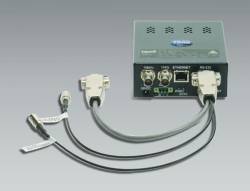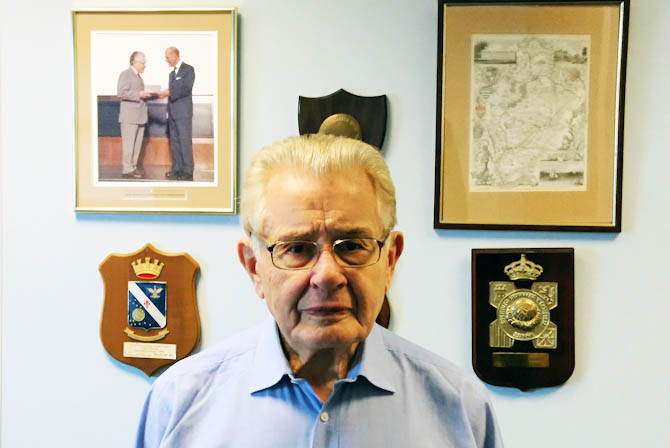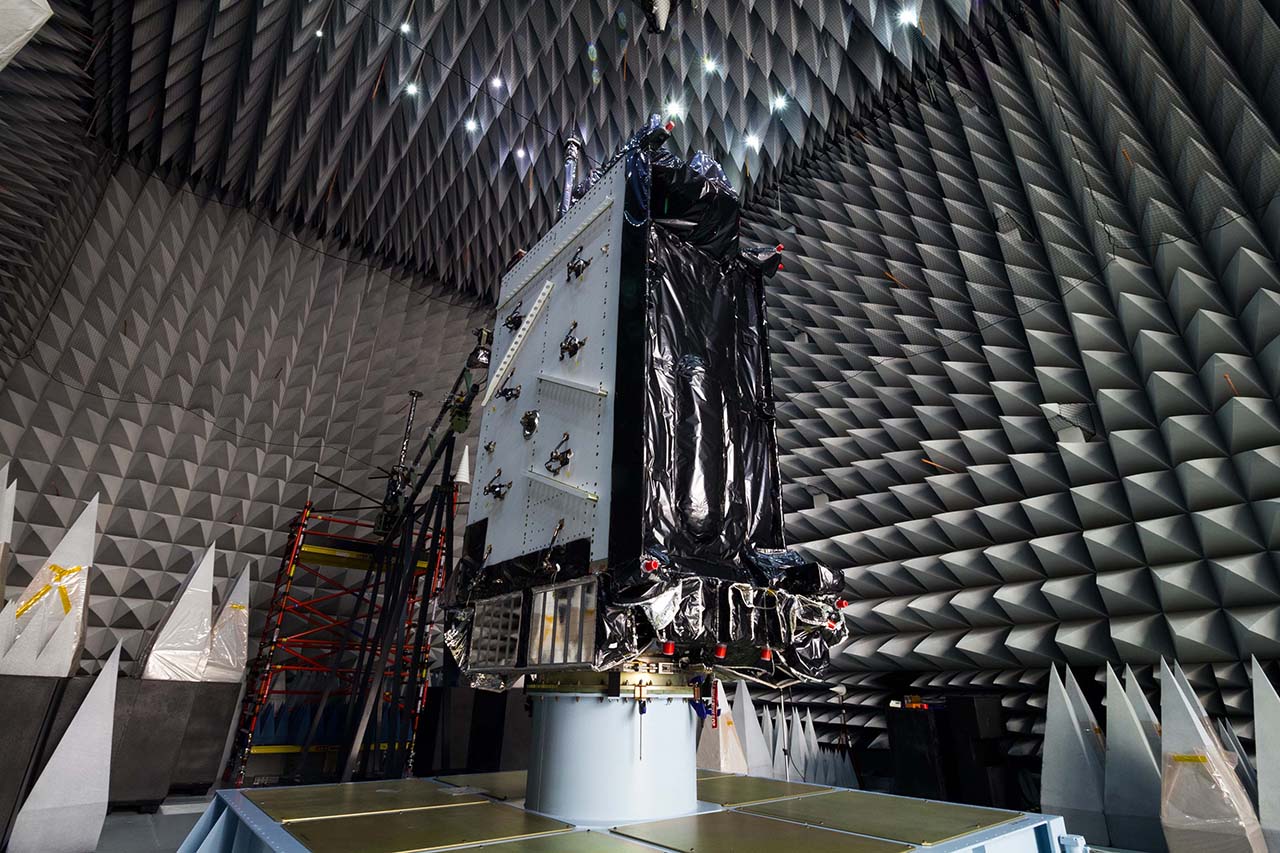GPS Data Used by ATRI to Name Top 100 Truck Bottlenecks
The American Transportation Research Institute (ATRI) released on January 25 its annual list highlighting the most congested bottlenecks for trucks in America.
Congestion chokepoints hurt the economy and the environment, so the ATRI uses GPS data collected each year to help identify times and locations that truckers will want to avoid.
By Inside GNSS
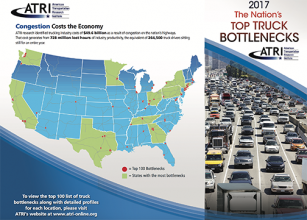
















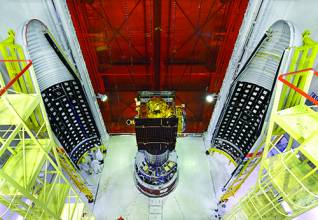
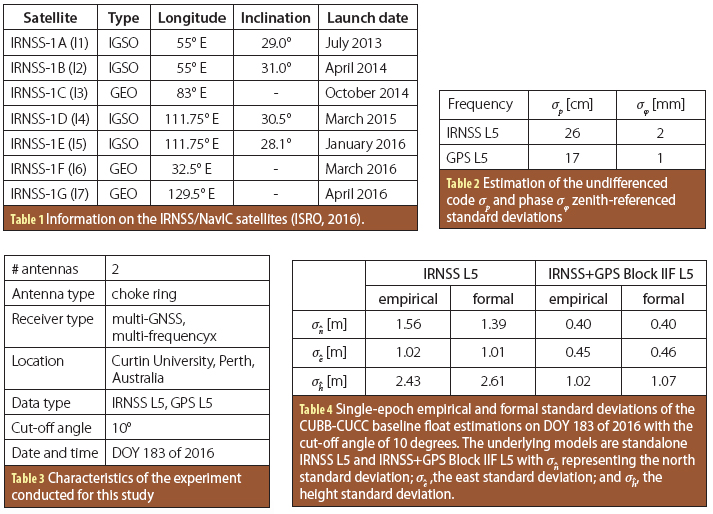

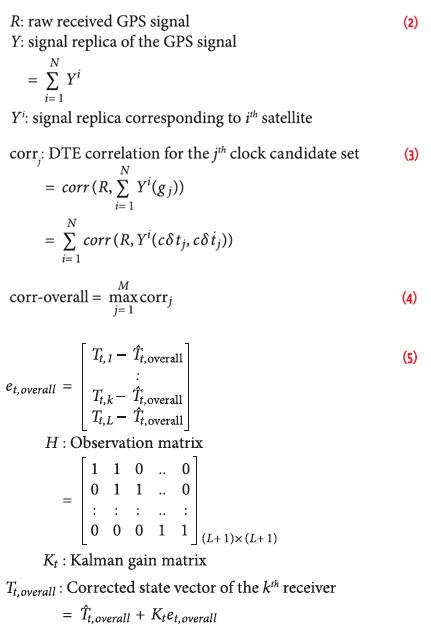
_and_Fergus_Noble_(R),_co-founde-e240cc279eaa83b2be814504fc94555b.jpg)




